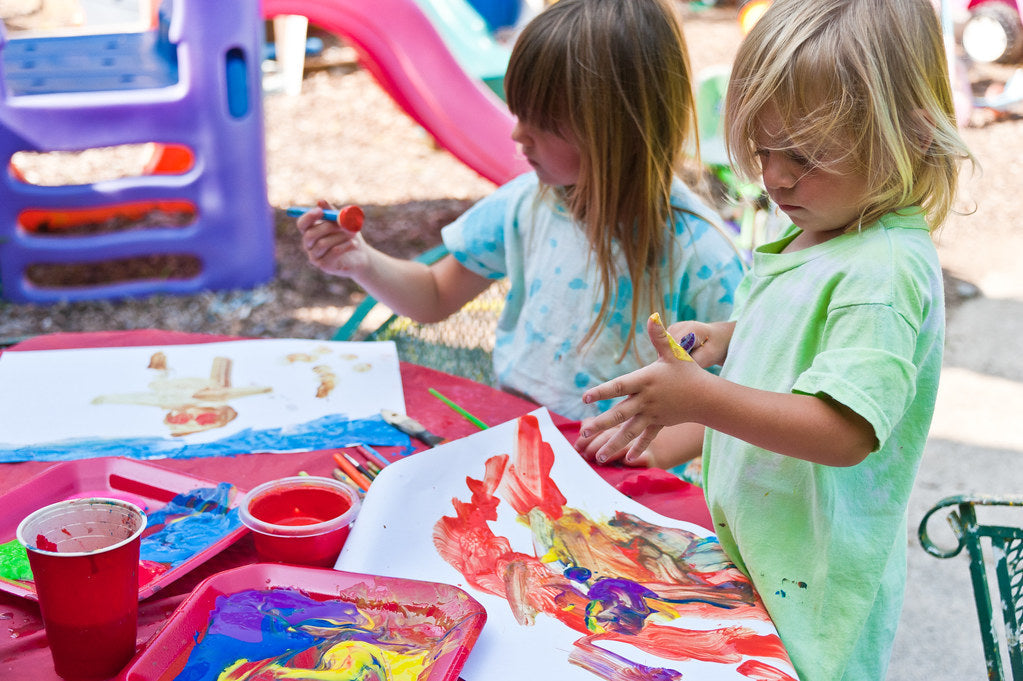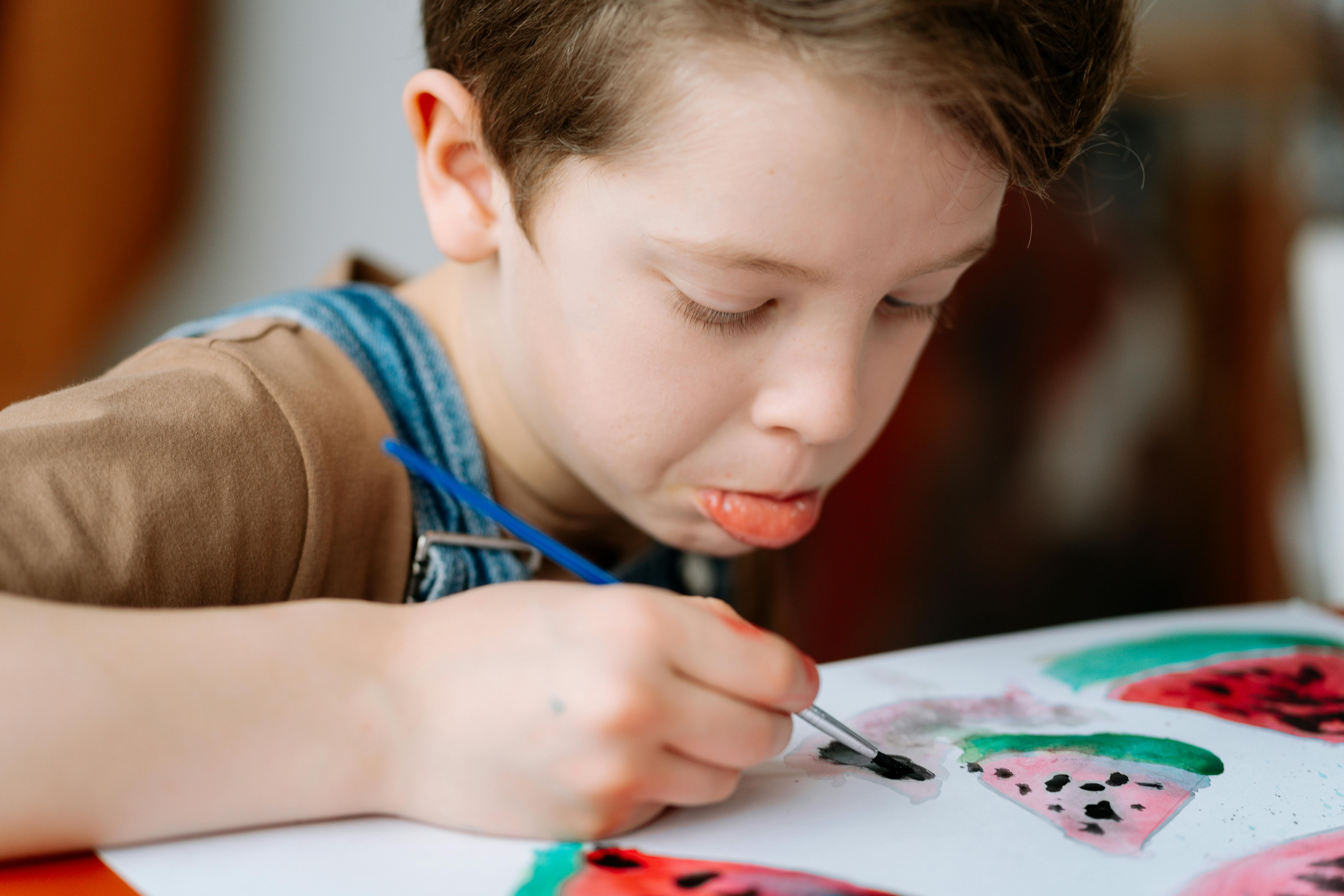
How Art Can Help With Body Image & Perfectionism
June 11, 2019
By Beth Herrild
How many of you have struggled with body image? I know I have. In fact, I don’t know many women who haven’t struggled with it at some time. We may have been raised with constant reminders don’t get fat, but clean your plate. And we are constantly bombarded with images of perfectly proportioned people without a wrinkle or hint of cellulite. What we don’t realize is that the majority of these people or images have been surgically or digitally altered; to the point of not even representing realistic human proportions.
A person with a positive body image has a realistic view of what her body looks like: its size, shape, wrinkles and dimples, and is pretty okay with it—for the most part. That doesn’t mean she doesn’t ever think about losing a few pounds, wish her nose was a tad smaller, or resolve to use sunscreen more. A negative body image, on the other hand, can elicit feelings of shame and self-loathing. I am absolutely astounded by the impact my state of mind can have on what my eyes think they see in the mirror on any given day!

I realized years ago, that art was a powerful tool to help with body image. In my twenties, I did a lot of drawing, collaging, and writing about it. None of the art I created was amazing or even beautiful, but it was the process of making the art that helped. According to Leigh Bell, a writing contributor to A Center For Eating Disorders: When we move into the right side of our brains, the creative side, we detach from the need to explain and, instead, can feel more deeply. Creating something uses the body and naturally evokes how we feel in our bodies.
The NW Creative & Expressive Arts Institute in Seattle offers many workshops and resources, among them Expressive Arts Therapy in the treatment of eating disorders. They believe: There is a great deal of focus on perfectionism in our culture, and that can manifest as eating and body image issues. The expressive arts provide a model for judgement-free, authentic creative experiences. The process, as well as the product, is valued in expressive arts experiences. Engaging in this process can help one experience some freedom from perfectionism, and the possibility of applying that experience to other parts of life.
An eighty-year-old friend of mine struggled with body image for many years. She used collage and other mediums to work through her feelings about her body. A sign hangs in her art studio that reads: Who I am is not measured by the size of my waistline.
Several years ago, when she was at her heaviest weight, she decided to ask her husband to make a plaster cast of her body. He is also an artist, and was making masks with plaster wrap. She got the idea to ask him to wrap her body with the plaster wrap. She believes that part of the healing occurred when she made herself vulnerable, asking her husband to wrap her naked torso and standing there while he did it. Brene Brown says: Vulnerability is the birthplace of love, belonging, joy, courage, empathy, and creativity. It is the source of hope, empathy, accountability, and authenticity. Once the plaster cast was dry, she painted and decorated it. It remains in her home today, many years later, to remind her that who she is, is not measured by her waistline!

Molly, a young adult who is recovering from anorexia, began creating more art over the last year. She says: I started doing art again after a long hiatus, because my mental health was on the fast track for a serious rock bottom if I didn’t find some productive way to cope with issues I was experiencing. Through art I’ve been learning that my body image issues, eating disorder, and social anxiety were and are rooted in shame. Perfectionism was a remedy for shame. Was, because I now understand it to have been a Band-Aid. Art has helped me significantly reduce the shame I’ve felt around intense emotions – emotions at all, really. I can experience a full range of emotions without it being a reason to shut down and isolate myself. When I’m doing art, my brain is focused and calm I can pick apart why I feel the way I do in a way that is productive and usually leaves me feeling less anxious and more present.
I think it is really interesting that she feels more comfortable drawing herself than other subjects! She explains: As strange as it may seem, I worry less about what people think of my drawings of myself than I do about the ones I’ve done of others. I want the people I draw to be happy with the drawing, so it’s hard for me to finish those. Drawing myself was such a rewarding experience for me. I really don’t care if people like it or not – it was for me and only me, to begin with. I definitely see it as a bonus if someone responds positively or is able to connect with the drawing in some way. This is her latest drawing of herself.

The two common threads for everyone seem to be vulnerability and perfectionism. Art can help us tame critical inner voices. Experiences with art are like nothing else. They can help us explore the wide ranges of our feelings that cannot be expressed through literal words or numbers. However, it’s not easy. As Molly and others would agree, you have to stick with it.

